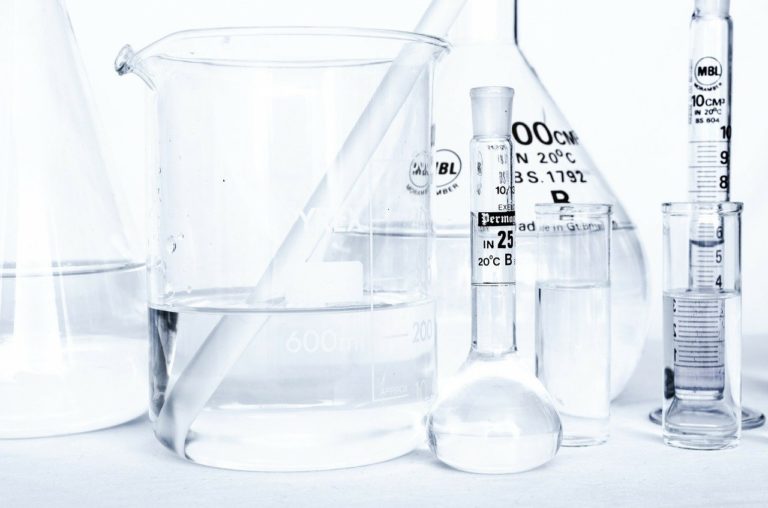
From Luminol to Bluestar® Forensic: a brief history
The first experiments involving luminol as a blood detection tool in forensic science date back to 1937, when Specht tested its chemiluminescent reaction on various materials such as grass, bricks, and blood-soaked stone. In 1939, Proescher and Moody further evaluated the compound on both animal and human blood.
In 1951, Grodsky introduced a field-use formula composed of luminol, sodium carbonate, and sodium perborate, dissolved in distilled water. This blend became the basis of luminol-based blood detection used by crime scene investigators for decades.
However, this composition had several limitations: the oxidizing action of sodium carbonate was slow and produced a faint, short-lived glow. The solution, once prepared, was highly unstable and toxic due to the presence of sodium perborate.
In 1966, Weber proposed an improved composition that included luminol, sodium or potassium hydroxide, and hydrogen peroxide diluted in water. This version required storage away from light and refrigeration. The resulting luminescence could be photographed only in total darkness or recorded using night-vision equipment. Despite some improvements, the formula remained unstable and inconvenient for field use.
BLUESTAR® Forensic : a new Luminol-based formula
In 2000, Jean-Marc Lefebvre-Despeaux, president of BLUESTAR®, commissioned Loïc Blum, Ph.D., professor of biochemistry at Claude Bernard University Lyon and director of the Enzymatic and Biomolecular Engineering Laboratory (EMB2 – UMR 5013 CNRS-UCBL), to develop a new luminol-based formula that would overcome the limitations of previous generations.
Professor Blum succeeded in creating the formulation now known as BLUESTAR® Forensic — a stable, easy-to-use, non-toxic, and highly sensitive blood detection reagent.
Today, BLUESTAR® Forensic is used by forensic investigators in more than 95 countries and is widely recognized as the most effective and advanced luminol-based reagent available.
Its performance has been validated through numerous scientific publications, studies, and real-world criminal investigations. It is also used in archaeological research to reveal traces of ancient blood, sometimes dating back hundreds or even thousands of years.
All relevant scientific studies, news reports, and case examples can be found throughout this website.
